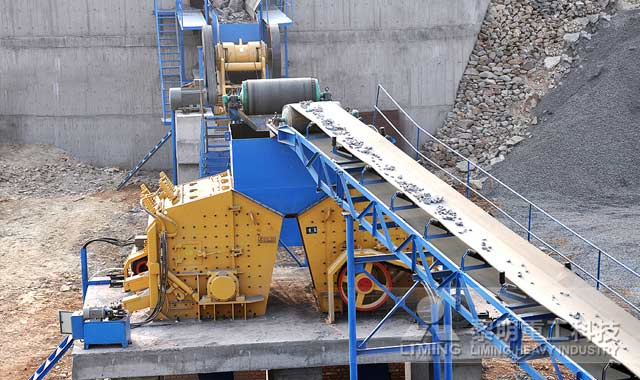Crushers play a critical role in mining operations by reducing the size of extracted ore and preparing it for further processing. The primary types of crushers used in mining are jaw crushers, gyratory crushers, cone crushers, impact crushers, and hammer crushers. Each type has unique features and is chosen based on the hardness, abrasiveness, and size of the material being processed, as well as the desired final product size. Selecting the right crusher is essential to ensure efficient, cost-effective, and safe ore reduction.

Jaw crushers are among the most common types used in mining, primarily for primary crushing. They utilize a pair of jaws, one stationary and one movable, to compress and crush the ore. Suitable for handling hard and abrasive materials, jaw crushers are favored for their simplicity and ability to crush large-sized ore. The size reduction is achieved through compressive forces, making them ideal for initial ore processing in mining operations, particularly in crushing rock formations such as granite, basalt, and iron ore.
Gyratory crushers are also employed for primary crushing, especially in large-scale mining operations. They have a design that allows for the crushing of large quantities of material by using a rotating cone inside a concave outer surface. This crushing action generates a higher capacity compared to jaw crushers and can handle very hard materials. Gyratory crushers are known for their ability to produce a uniform output, making them suitable for continuous ore processing in large mining sites where high throughput is required.
Cone crushers are widely used in secondary, tertiary, and even quaternary crushing stages in mining. They function by compressing the material between a moving cone and a stationary outer shell, breaking it into smaller pieces. Cone crushers are ideal for crushing mid-hard to hard ores, such as copper and gold, where finer particle sizes are needed for downstream processing. With the ability to produce consistent products and handle variations in ore hardness, they are essential for maximizing productivity in mineral processing.
Impact crushers are used for softer and less abrasive materials. Impact crushers work by using high-speed impact forces to break the ore, making them suitable for processing non-metallic minerals and producing aggregate for construction. They use high-speed impact forces to break apart the materials and are often employed in secondary or tertiary crushing. Impact crushers are especially effective in sand production, where the final product needs to have specific shapes and sizes for construction applications.

